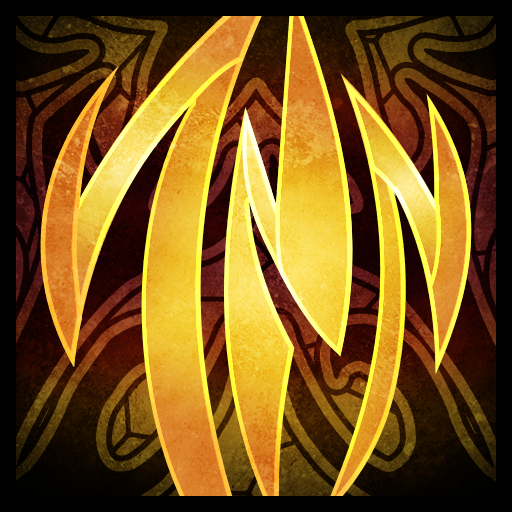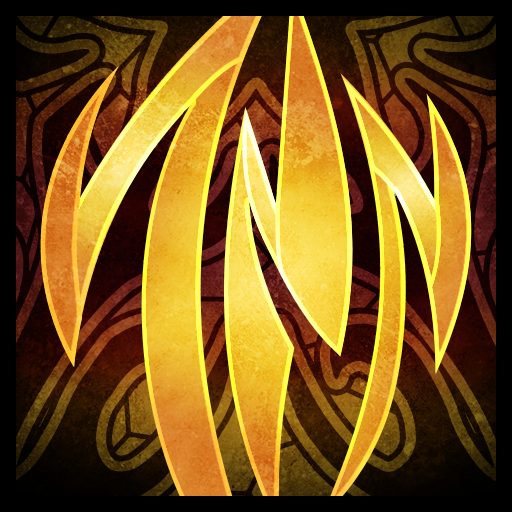
- Log in to post comments
 Hi all,
Hi all,
We've mentioned before that Advisors are part of the equipment system for the game. There's currently 38 counsels ("items") in the game. I haven't implemented Advisors themselves yet, as they're more macro-oriented (I use that term loosely).
Imagination is the limit when it comes to making new counsels. Our tech makes them dead easy to add, yet it's hard to resist the temptation to copy what works in other games. A bit like dogs eating chocolate: the wrong items can poison a game. Even a single one can be transformative: what would DotA look like without Black King Bar?
When I worked on Dota Outland, there were some interesting items that never got used because there were 10+ shops to investigate and they simply got lost in the crowd. Writing and reflecting during the Lane-Pushing Games review, I resolved that the next time I wanted players to use the interesting items, I would simply not have uninteresting items available.
It's not easy to stick to that. Allow too many passive stat-padding options (say, life leech), and players will stick with them because familiarity and self-sufficiency wins. And even if we're looking to encourage teamwork: self-sufficiency should still be an option.
Right now, I think good counsels should work independently, but work better together. Here's a recently added example:

Burnish
Increases your ability damage against enemy heroes by 20%–40% as long as you or a nearby allied hero are above 75% life.
I worry about creating too many "engines" (in the card game sense), particularly those which encourage a deathball lifestyle. The most natural way to encourage teamwork is encouraging proximity... but there are many more tests of coordination and we should aim to reflect those in the available counsels.
I think with the most recent couple of additions (I added three counsels in the latest patch) we've just hit the threshold of where build options are not obvious any more. That feels pretty good; though we'll have to see if testers agree.
Thanks for your patience everyone. Stay safe!
Softmints
